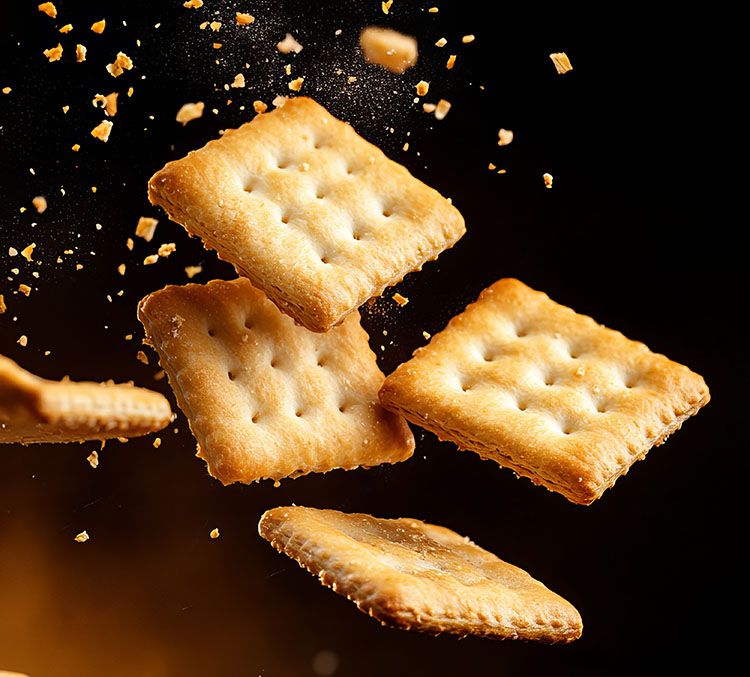
Two-stage mixing takes center stage
Two-stage batch mixing brings multiple advantages to industrial-scale baking. Two-stage batch mixing is especially suited to long-fermentation doughs, where structure and flavor are needed.
Two-stage batch mixing brings multiple advantages to industrial-scale baking. Two-stage batch mixing is especially suited to long-fermentation doughs, where structure and flavor are needed.
Chip Czulada embarked on a new role as the President of Reading Bakery Systems (RBS) at the beginning of 2024. He shares with Baking+Biscuit International magazine his view on the first six months at the helm of the company where he has been working for over 20 years.
Fully automating kneading and mixing is an ambitious endeavor, given the complexity of the process, and the diversity of raw ingredients.
Technological developments make continuous mixing a better option than batch mixing, especially so for high-volume production. High throughput continuous mixers are becoming the best sellers in this equipment category.
Over the years, advances in continuous mixing have been developed to improve ingredient metering, process controls and include specialized mixer designs and ultra-high capacity mixers. Compared to batch mixing, such technological developments make continuous mixing a better option than batch mixing, especially so for high-volume production.
The trend for artisan quality brings forth a wealth of delightful, premium breads and baguettes, with texture and flavor characteristics nothing short of magic. It takes exact science and technology to perfect the process, however. Dedicated lines preserve the tradition of the technique with increased process efficiency.
Automated continuous mixing delivers real-time process assessment and consistency round the clock.
Requirements stemming from the product characteristics, the manufacturing needs, the facility and equipment line-up will influence how continuous mixing and kneading should be set up.
A continuous kneading and mixing process ensures all types of ingredients are mixed and kneaded in the optimum sequence to produce the desired product with consistent characteristics while saving time, resources and minimizing waste.
To consistently produce high-quality pizza, especially at high speeds in industrial environments, all types of equipment on the production line must contribute.
MECATHERM handles projects around the world – particularly in Africa, where many of the population (in western, central, southern and some eastern areas of Africa) consume crusty bread such as baguettes. The market is mainly dominated by traditional production methods.
The Dimassaba Group opened a new bakery in Luanda, Angola’s capital city. The factory, which is called Dimapão, uses a Mecatherm industrial bread line.

